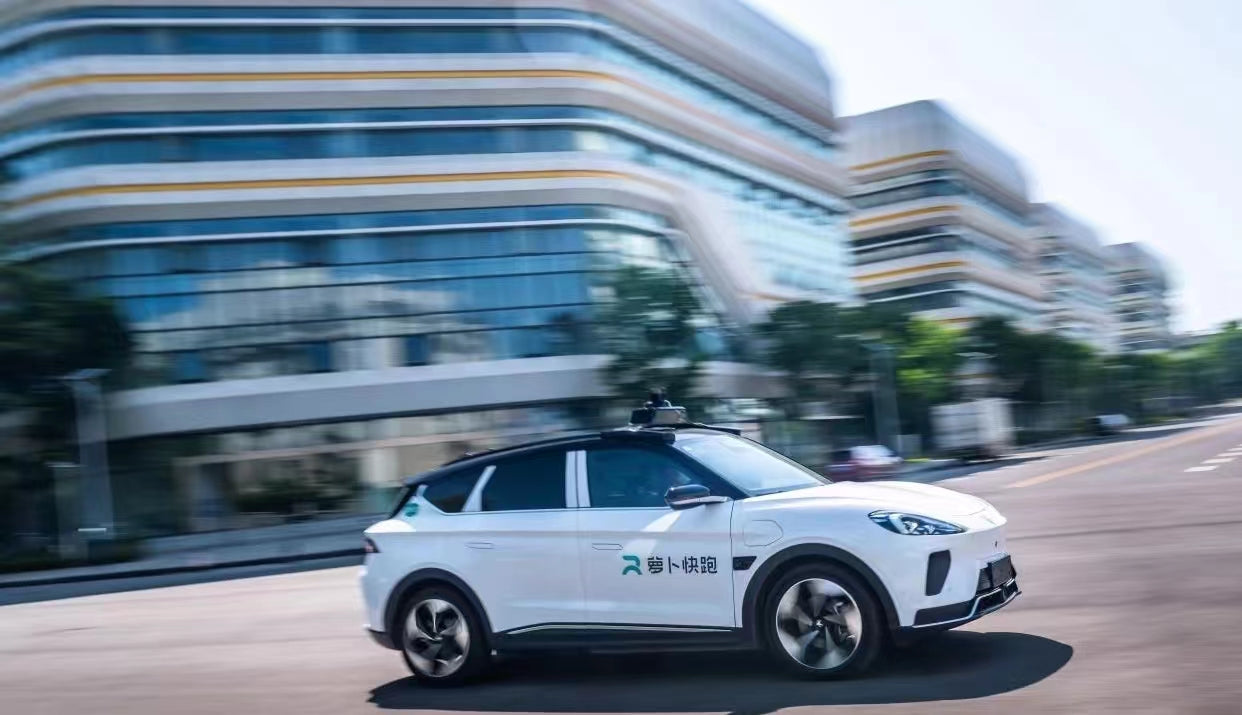Recently, Baidu launched the "Carrot Run" driverless taxi in Wuhan, Changsha, Fuzhou and other major cities for trial operation. As soon as it was launched, it caused widespread discussion in the society. While experiencing the carrot run, everyone was also thinking about what crisis is hidden behind it at a deeper level? Is it an opportunity or a crisis, or is it an opportunity and a crisis? This article aims to explore the positive impact of driverless technology, especially the service represented by "Carrot Run", on people's lives, and prove that its benefits outweigh its disadvantages.
1. Improve travel safety and reduce traffic accident rate
Safety is the primary consideration for transportation. Driverless cars can monitor road conditions in real time and predict the behavior of other vehicles and pedestrians through high-precision sensors, complex algorithms and continuous learning capabilities, so as to make the best driving decisions in a very short time. Compared with human drivers, driverless systems have significant advantages in reaction speed, concentration and decision-making accuracy, which can greatly reduce traffic accidents caused by fatigue driving, distracted driving or misjudgment. This is of great significance to improving public road safety and protecting people's lives and property.
2. Promote convenient travel and improve the quality of life
Unmanned driving travel services such as "Carrot Run" have broken the limitations of traditional transportation methods and provided the public with more flexible and personalized travel options. Users only need to make an appointment through the mobile phone APP to enjoy door-to-door pick-up and drop-off services, without having to worry about parking difficulties and finding cars, which greatly saves time and energy. In addition, unmanned vehicles operate 24 hours a day, effectively alleviating the travel pressure during peak hours and making travel more efficient and convenient. This change in travel mode not only improves the quality of personal life, but also promotes the improvement of the overall operation efficiency of the city.
3. Reduce environmental pollution and promote green travel
With the increase of environmental awareness, green travel has become a social consensus. Unmanned vehicles are mostly electric-driven, which can significantly reduce exhaust emissions and reduce air pollution compared to traditional fuel vehicles. At the same time, through intelligent scheduling and optimized route planning, unmanned driving services can use resources more effectively, reduce empty driving rates, and thus further reduce energy consumption and carbon emissions. This has a positive effect on improving urban air quality, protecting the ecological environment, and achieving sustainable development goals.
4. Promote technological innovation and industrial upgrading
The development of driverless technology is not only a revolution in transportation, but also an important force to promote technological innovation and industrial upgrading. It involves many cutting-edge fields such as artificial intelligence, big data, cloud computing, and the Internet of Things, and promotes the integration and innovation of related technologies. With the continuous maturity and commercial application of driverless technology, a series of new industrial forms and employment opportunities will be spawned, promoting the transformation and upgrading of industries such as automobile manufacturing and information technology services, and injecting new vitality into economic development.
5. Challenges and coping strategies
Of course, the popularization of driverless technology also faces challenges such as imperfect laws and regulations, low public acceptance, and the need to improve the maturity of technology. Whether the impact on Didi drivers is too great, in response to these issues, the government should speed up the formulation and improvement of relevant laws and regulations to provide legal protection for the development of driverless technology; at the same time, strengthen popular science propaganda to improve the public's awareness and trust in driverless technology; enterprises need to continue to increase R&D investment, improve technical level and safety, and ensure that driverless cars can safely and reliably serve the society. For Didi drivers, how to place their jobs has also become a problem that the government needs to consider.
Is driverless taxi an opportunity or a crisis, or is it an opportunity and a crisis?

Kategorien: Automatic driving
